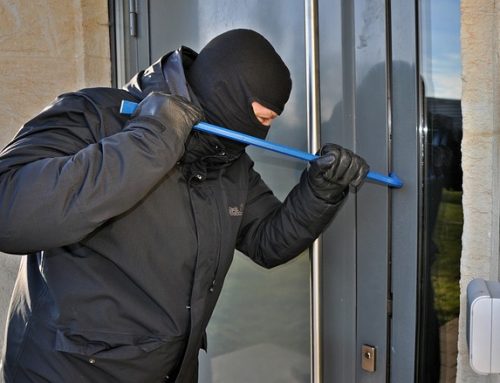In the State of California, Penal Code 404 covers participating in a riot. According to California Law, a riot occurs when two or more people, acting together, do any of the following:
- Use force or violence
- Disturb the public peace, or
- Threaten to use force or violence with the immediate power to exercise that threat
Generally speaking, when very few people are acting together they are not charged with rioting unless the circumstances around their behaviors justifies a rioting charge. Instead, the suspects are often charged with vandalism, assault and/or battery, or criminal threats. Participating in a riot is usually reserved for when the assembly starts acting like people in a riot.
A few examples of when an individual can be charged with participating in a riot:
- A group of 15 workers take over their factory and tie up the boss, vowing not to release him until certain demands are met.
- After an incident of police misconduct, several people join together to create pandemonium on the streets
- A group of activists, angered over something or other, choose to protest by playing loud music, drums, or making other obnoxious sounds so as to disturb the peace of the area.
Participating in a riot is a misdemeanor in California with the potential penalties of up to 1 year in county jail and/or a fine of up to $1,000. While the penalty for taking part in a riot may seem a little light-handed, police often arrest those who seem to be the most agitated – such as people throwing rocks, breaking windows, or looting. In situations like this, additional charges may be leveled against the defendant, including vandalism, assault, destruction of public property, and theft.
The US Constitution allows for citizens to assemble peacefully to make their voices heard. However, when the protests devolve into violence and destruction, the protest is typically labeled a riot, and anyone participating may be arrested.






